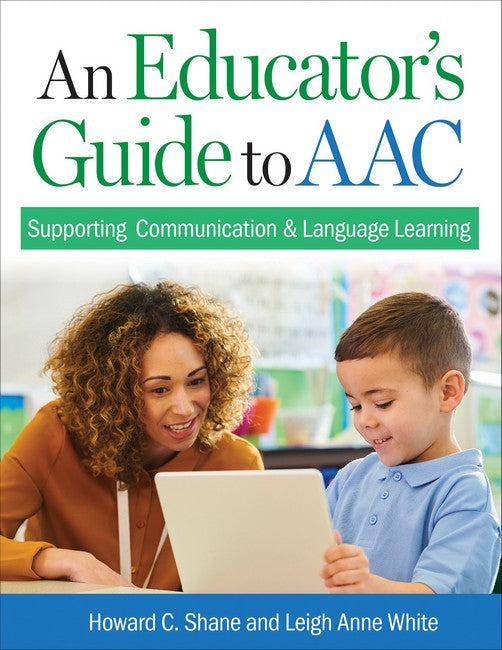About the Online Materials
About the Authors
Foreword
Preface
For the Reader (Authors’ Note)
Chapter 1: The Sounds of Silence
Chapter 2: Everyone Communicates
Chapter 3: Assessment of Speech, Language, and Communication
Chapter 4: Principles of Instruction
Chapter 5: Visual Instruction Mode: Enhancing Language Comprehension through the Intensive Use of Visual Supports
Chapter 6: Visual Expression Mode: Enhancing Language Expression through The Intensive Use of Visual Supports
Chapter 7: Visual Organization Mode: Maximizing Understanding through Visual Supports that Clarify Time, Planning, and Transitions
Chapter 8: The “Communication-Friendly Classroom”
Appendix A: General Preferences Inventory
Appendix B: The Visual Media Interest Profile
Appendix C: Communication Profile
Appendix D: Spoken Vocabulary Inventory
Appendix E: Autism Language Program Concept Inventory
Appendix F: Scene Cue Topics
References
Index

